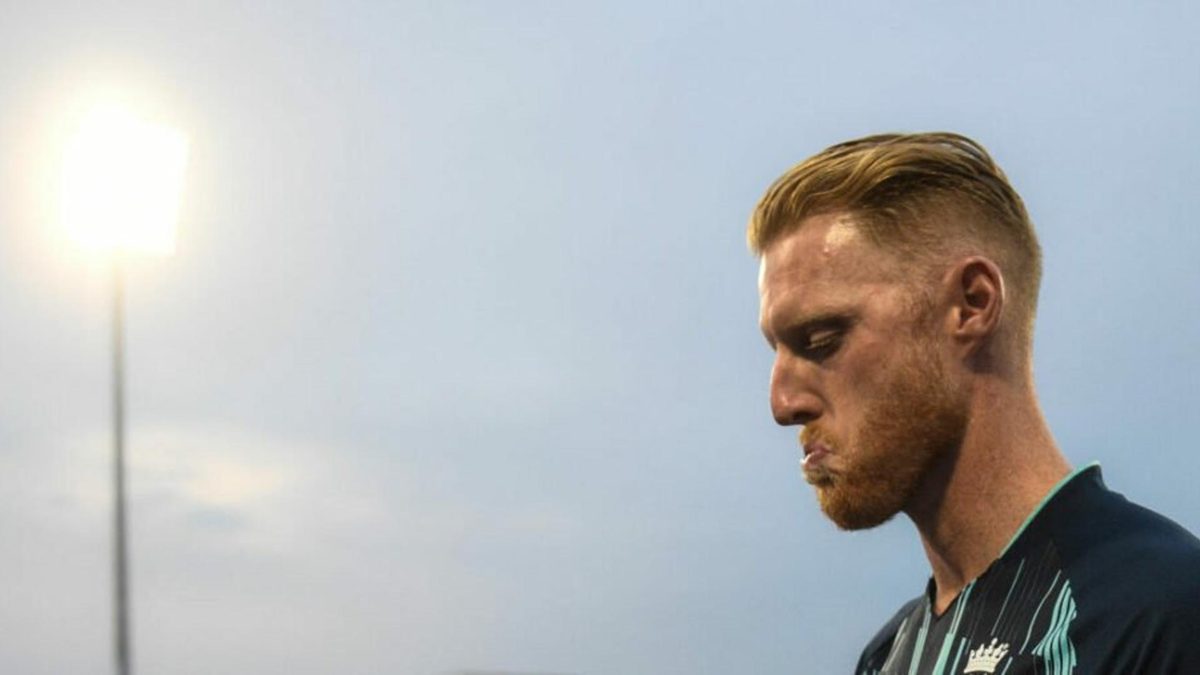
England have won just two of their seven completed ODIs since Ben Stokes’ sudden retirement from the format.
Their schedule has not been kind and is partly be to blame for England’s inconsistent form. England have rarely, if at all, been at full strength and that run has seen them play India, Australia and South Africa, three serious semi-final contenders for this year’s showpiece tournament. There is also the small matter of making do without their talismanic all-rounder, a two-time World Cup winner and the de-facto face of English cricket.
It is entirely possible that Stokes will reverse his retirement decision in time for the World Cup but while he remains out of the picture, it’s worth dwelling on just how difficult he is to replace and how much his absence affects England’s prospects of retaining the trophy.
First, let’s address Ben Stokes the ODI batter. Forget his bowling, his fielding and his intangible ability to bend high-pressure contests his way – there are few middle-order batters quite like Stokes in the ODI game. He is a multi-dimensional player more than capable of adapting his approach depending on the situation and when he gets going, he is an elite hitter. In the 2019 World Cup cycle, Stokes averaged 47.19 at a strike rate of 97.53 – only Jos Buttler and AB de Villiers (who didn’t play at the 2019 tournament) scored more than 1,500 middle-order runs at a higher average and high strike rate in that period. England’s pool of white-ball batting talent is deep, but they are not going to find a replacement of that calibre, especially since there is also a requirement to find a successor to Eoin Morgan in the middle order, too. Morgan and Stokes are also both left-handers, and without them, England’s batting line-up can look vulnerable to leg-spin and left-arm spin.
Then you have Stokes the bowler. Stokes has never really been a frontline ODI bowler but his mere presence gives England flexibility in the field that is hard to replicate without further weakening their batting. Stokes hasn’t bowled his full allocation of overs in an ODI since January 2017, but he also did bowl in all 11 of England’s 2019 World Cup matches, going at less than 4.50 runs per over in five of his outings with the ball.
England want to have at least six reliable bowling options in their ODI side; to do that one of the top six must bowl. So far, England have tried to solve fill the Stokes-shaped hole in the side by promoting Moeen Ali up to six and fielding another all-rounder below him at seven. Moeen enjoyed an excellent series with the bat against South Africa and there is an argument to be made that six actually suits him and affords him more freedom than at seven, but there is no doubting that Stokes is a superior ODI batter. Moeen was deemed dispensable in the 2019 World Cup, losing his place in the side to Liam Plunkett after consecutive defeats to Sri Lanka and Australia. Now it feels as if England’s success depends on him regaining his best form.
Without Stokes in the middle order, England don’t have the imposing batting depth that aids their all-out attacking approach. Stokes brings balance to both the top six and the overall composition of the side. Without Stokes, England’s quest to retain the World Cup becomes a whole lot harder.








